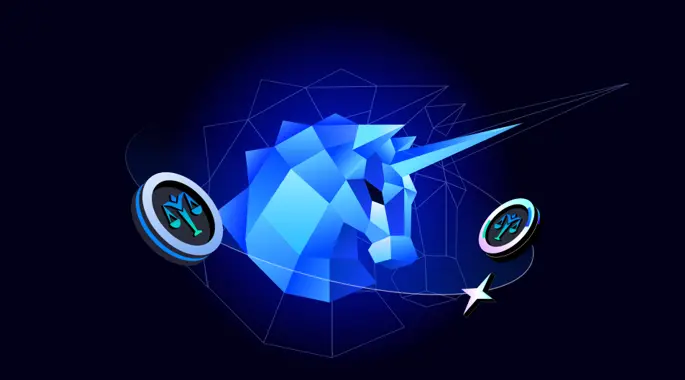The enlightening moment of DID: Going all the way with digitalization
Author: Wang Jianshuo
On July 19, DID (Decentralized Identifier) was launched as a W3C standard. On July 20, I asked a bunch of questions related to DID:
A Collection of Questions About Decentralized Identifiers (DID)
Half a month has passed, and I still can't answer my own questions. After reading the first few pages of Google results about DID and watching related videos on YouTube, my feelings of frustration continued to grow. I sought help from the world on various platforms like Weibo and Twitter:
We know that a URL like http://abc.com can be entered into a browser's address bar. An email address like tom@abc.com can be entered into the recipient field of an email client. Even a complex Ethereum address like 0x9eF….B1ba3 can be entered into the recipient field of a wallet for transfers. Can anyone tell me:
1) In August 2022, is there even one place in the world where I can display my DID address?
2) Is there even one place on the entire internet where I can input a DID address like did:web:abc.com or did:example:123?
3) Is there any application that allows me to use DID?
As I expected, no one could give me an answer. I was a bit frantic. Is this the current state of DID that has been brewing for so many years? It seems a bit concerning. Logically, shouldn't applications come first? Two years before the official standard of HTTP/1.0 was released, Netscape, which used a homemade HTTP protocol, was already listed.
However, later, @w3tester on Weibo saved me by recommending an application he developed: https://credential.zkid.app. Finally, I stumbled through and completed my first DID experience in my life.
This once again validated that concepts often leave people confused, while applications make things instantly understandable. I refer to those moments when applications clarify an obscure concept as "Aha Moments" (examples include DAO, NFT, and the counterexample of the telephone).
Seeing My DID Address
Visit: https://credential.zkid.app
After a simple mnemonic phrase recording process similar to setting up a regular wallet, you can generate an ID, just like an Ethereum wallet or a Bitcoin wallet. In the upper right corner of the interface, I saw a string of characters for the first time:

did:kilt:light:004sb5zyXirkEBDTDR5HQgYLBRdFgMWXhJNR3Zs8tNgQLVtmLd:z1Ac9CMtYCTRWjetJfJqJoV7FcNjbuKfUVy9CgD1PiUwcPwzuUPV4P1wzXoKX5V4dq99TP7GnYqvwvSTsEJFBJQ
How to use this DID specifically can be discussed in the next article. (In short, DID seems to be a DNS for public keys.)
Obtaining a Credential
In the Credential Type tab, it was empty. @w3tester kindly gave me a CType: 0x7c98af5a580071e36baddebeee8000236095531819660dad994b9efb04f95a10. I imported it, and an organization appeared:

This organization called DAO-Member-1 seems to be an institution that can issue something.
When I hovered over it, there was a "Create Claim" button. After clicking it, the following interface appeared:

This form seems somewhat similar to forms filled out in many government departments. I filled in my information, such as Name: Jianshuo, Rank: 10, Role: Player, and then clicked "Submit."
After a while, on the "Credential" page, I saw the following information:

The status of my newly submitted Claim is Attesting. It is in a waiting verification status.
After some time, @w3tester approved my declaration on the system, and the status of my declaration as Name: Jianshuo, Rank: 10, Role: Player changed to Attested.
What Happened? My Guess
This process ended here, and there was nothing more I could do. But I vaguely understood the role and process of DID.
Dao-Member-1 might be another authoritative organization, possibly a university, a police department, any government agency, or any other organization, or even your friend.
You first go there to get a form, fill it out, and then return it to the organization for a stamp.
This form might state the time you graduated from this university, or it could be your ID card, age, or simply say that you are good at skateboarding. Then the organization would stamp it with their DID identity (this is a mechanism called Verifiable Credential, VC), and you could present this digital form just like you would with a physical ID or driver's license. This is the future of identification documents and various forms. Even if the organization's website disappears, or even the organization itself vanishes, this digital form can still be used.
In other words, in the future, any place involving stamping or signing will have the opportunity to relate to DID verification. After all, everything that can be digitized has been digitized, and relying on our little hands and wooden stamps is too outdated.
I hope this process helps everyone understand a bit. (Why just a bit? Because I only understand a little too.)
Note: Thanks to @w3tester for the invaluable guidance.










